
Ingredient
Pale echinacea infusion leaves
Echinacea: The Immunity Booster
Pale echinacea infusion leaves are characterized by their pale green color and delicate, floral aroma. They have a slightly bitter taste with hints of sweetness and a subtle earthy undertone. The leaves are dried and steeped in hot water to create a soothing herbal infusion.
Origins and history
Echinacea is native to North America and has a rich history of use by Native American tribes for its medicinal properties. It was traditionally used to treat various ailments and boost the immune system. Today, it is cultivated in many regions around the world for its herbal benefits.
Nutritional information
Pale echinacea infusion leaves are a good source of antioxidants, vitamins, and minerals. They are low in calories and can support immune health and overall well-being.
Allergens
There are no known allergens associated with pale echinacea infusion leaves.
How to select
When selecting pale echinacea infusion leaves, look for dried leaves that are vibrant green in color and free from any signs of moisture or mold. Opt for organic or sustainably sourced leaves whenever possible to ensure the highest quality and purity.
Storage recommendations
To maintain the freshness and potency of pale echinacea infusion leaves, store them in an airtight container in a cool, dry place away from direct sunlight. Avoid exposure to moisture or humidity, as it can degrade the quality of the leaves.
How to produce
Pale echinacea infusion leaves can be grown in a home garden by planting echinacea seeds or purchasing young plants from a nursery. They require well-drained soil, ample sunlight, and regular watering to thrive.
Preparation tips
To prepare a soothing echinacea infusion, steep a handful of dried leaves in hot water for 5-10 minutes. Strain and enjoy as a hot or cold beverage. The leaves can also be used in herbal teas, tinctures, or added to soups and stews for an immune-boosting twist.
Culinary uses
Pale echinacea infusion leaves are commonly used in herbal teas, infusions, and tinctures. They can also be incorporated into culinary creations such as soups, stews, and sauces to add a unique flavor and potential health benefits.
Availability
Pale echinacea infusion leaves are commonly available in North America, Europe, and other regions where echinacea is cultivated.
More ingredients from this category
Recipes using Pale echinacea infusion leaves

Fusion Spollichini in Bisaccia
East Meets West: A Fusion Twist on Spollichini in Bisaccia
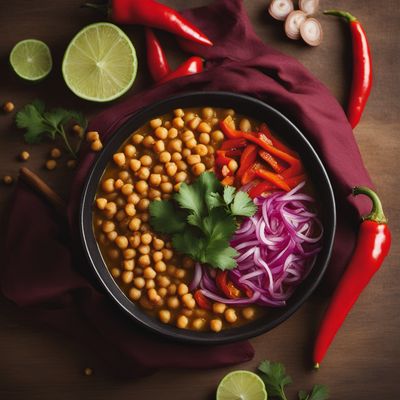
Chifa-style Shor Nakhod
Peruvian-inspired Chickpea Salad with Asian Flair

Taoist Berthoud
Harmony in a Pot: Taoist Berthoud

Qiang Xi Nan Hua Cai Stir-Fry
Sizzling Spicy Stir-Fried Southern Chinese Vegetables
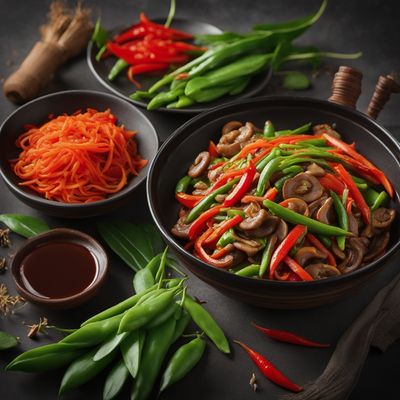
Shandong-style Stir-Fried Vegetables
Wok-tossed Garden Medley: A Burst of Shandong Flavors
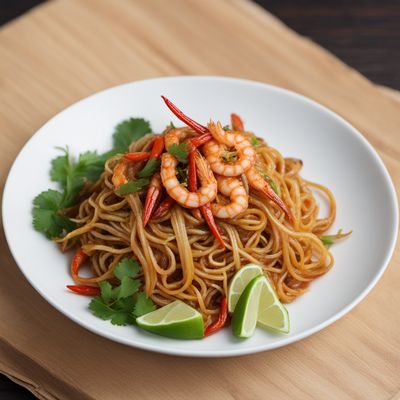
Indonesian Chinese Style Hokkien Mee
Savory Noodles with a Spicy Indonesian Twist

Strazzata with Roasted Vegetables
Mediterranean Delight: Roasted Vegetable Strazzata
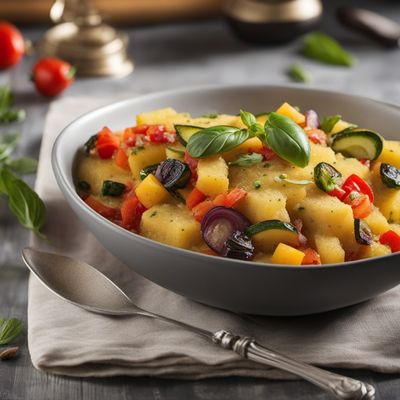
Creamy Parmesan Polenta with Roasted Vegetables
Velvety Italian Polenta Delight
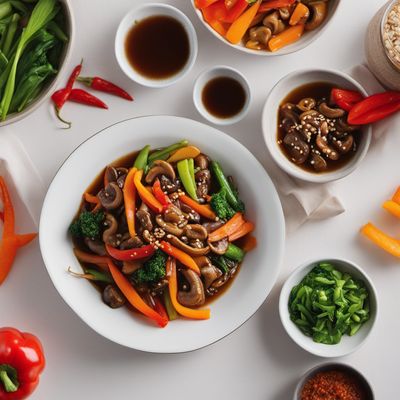
American Chinese Cap Cai
Savory Stir-Fried Vegetable Medley: American Chinese Cap Cai